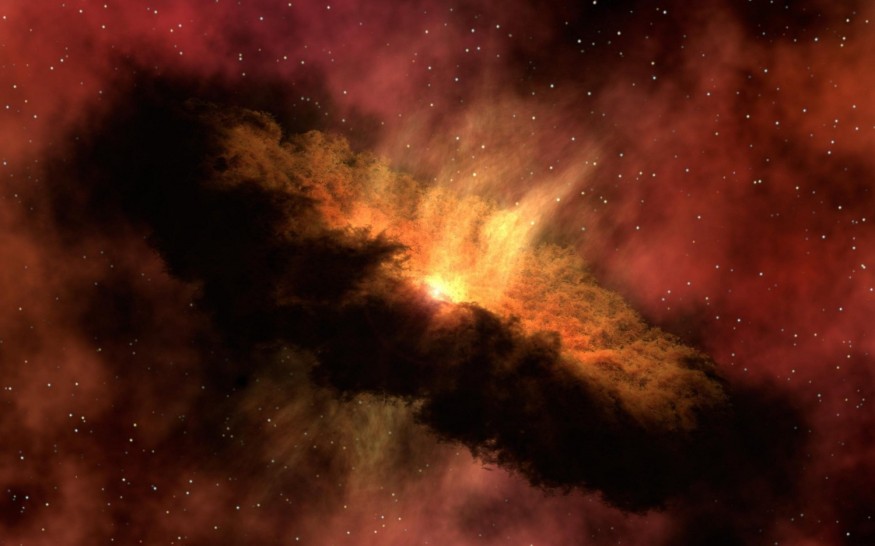
There have been many studies on supermassive as well as small black holes. These black holes form upon the implosion of massive stars. For years, however, astronomers have always searched for the elusive black holes with intermediate mass.
This time, with the help of the Hubble Telescope, scientists have finally found this "missing link." Scientists have confirmed the presence of an IMBH or intermediate-mass black hole within a dense star cluster. They say it may help us understand the evolution and formation of black holes. They published their findings in the journal Astrophysical Journal Letters.
Other possible intermediate-mass black hole candidates have been discovered before. They are hard to detect because they are smaller than supermassive black holes found deep within the center of large galaxies. They are also larger than those black holes born from dying stars that are collapsing. This particular black hole discovered by scientists has a mass that is more than 50,000 times that of the sun.
It is their less active nature compared to larger supermassive black holes that make these mid-range black holes hard to detect. They also lack the characteristic gravitational pull that black holes exert on surrounding objects, which creates a detectable glow on X-ray.
University of New Hampshire research assistant professor and principal study investigator Dacheng Lin said that an intermediate-mass black hole is very elusive, and candidates should, therefore, be carefully considered. Alternative explanations should be ruled out. He said that the Hubble Telescope allowed them to do that.
Hubble was utilized to confirm the previous observations of the Chandra X-ray Observatory of NASA as well as the X-Ray Multi-Mirror Mission of the European Space Agency. They were both launched in 1999. In 2006, both detected X-ray flares that were a possible black hole; however, scientists could not be sure if it was located in our galaxy or not.
For the current candidate, the scientists named the signal source 3XMM J215022.4-055108. They first ruled out its location within the galaxy and made sure it was not a neutron star, after which they used Hubble to confirm their finding. Hubble revealed that the signal originated from a distant star cluster on the edge of a different galaxy. Such a location is perfect for intermediate-mass black holes.
The astronomers confirmed the signal by checking the X-ray data archives of the X-ray Multi-Mirror Mission. Here, they found evidence of a shredded star giving off an X-ray glow. This star was most likely torn and eaten by the black hole. The scientists used this information to estimate the candidate's mass, which they determined to be mid-range.
Université de Toulouse astrophysicist and co-author Natalie Webb stated that they need to make more X-ray observations. This observation would help them determine the total energy output and help them understand the kind of star that the black hole disrupted.
The star cluster where black hole is located seems to be the remains of a dwarf galaxy orbiting a larger galaxy that disrupted it.
Webb adds that more studies on the evolution and origin of IMBHs will show if supermassive black holes grow and evolve from them and if they favor star clusters.
© 2025 NatureWorldNews.com All rights reserved. Do not reproduce without permission.





